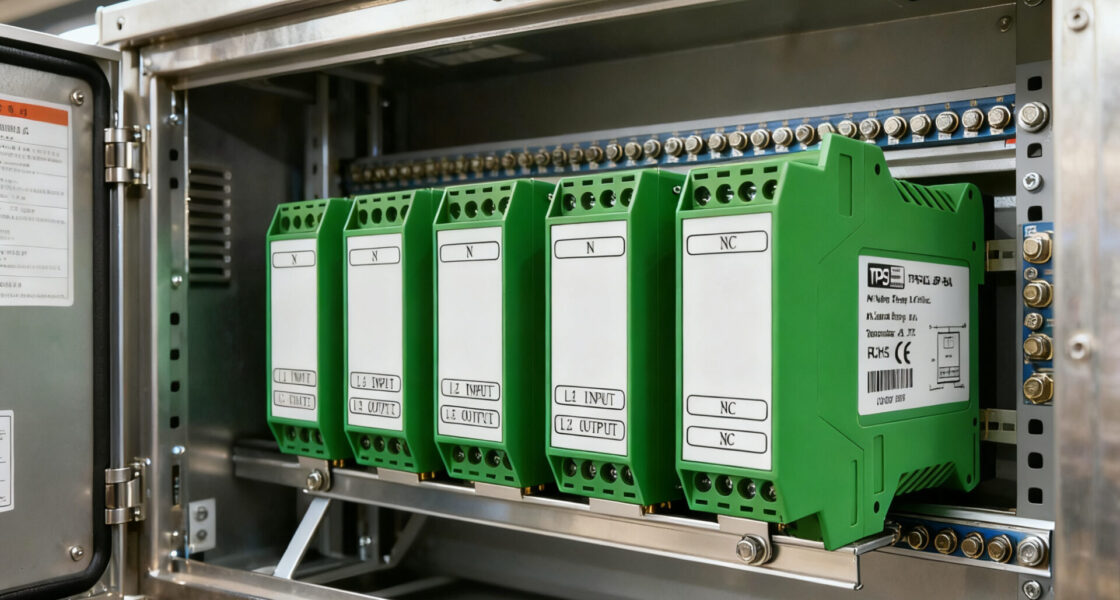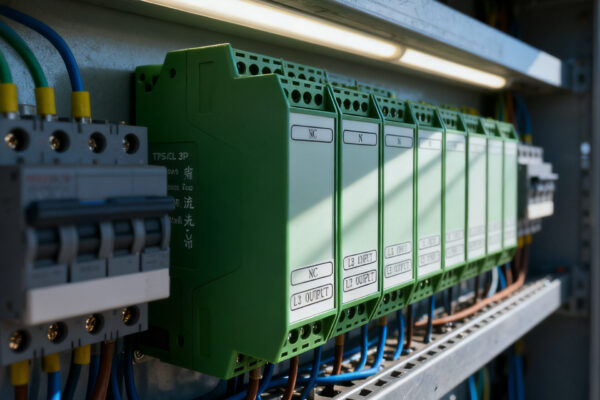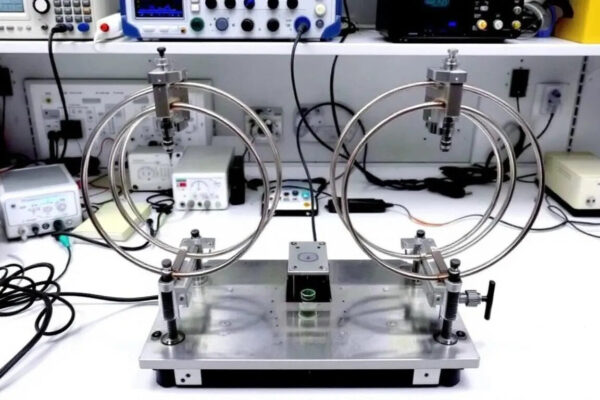An Inrush Current Limiter (ICL) is a protective device that shields electronics from the high current surges that occur when powering them on. These surges, known as inrush currents, can stress or even damage sensitive components. By using ICLs, you can improve device reliability, reduce failures, and extend overall service life.
This article explains what Inrush Current Limiters are, their benefits, different types, and how to choose the right solution for your application.
Key Takeaways
- Protection at startup: Inrush Current Limiters prevent potential damage to electronic components by limiting excessive surge currents.
- Different technologies: NTC thermistors, PTC thermistors, and fixed resistors each provide unique benefits for specific applications.
- Correct selection matters: Choosing the right ICL ensures optimal performance, reliability, and longevity of your electronics.
Discover the TPS-ICL-3P inrush current limiter series for 3-phase 400 V AC inputs, available in 12 A and 25 A versions for PV inverters and industrial control cabinets.
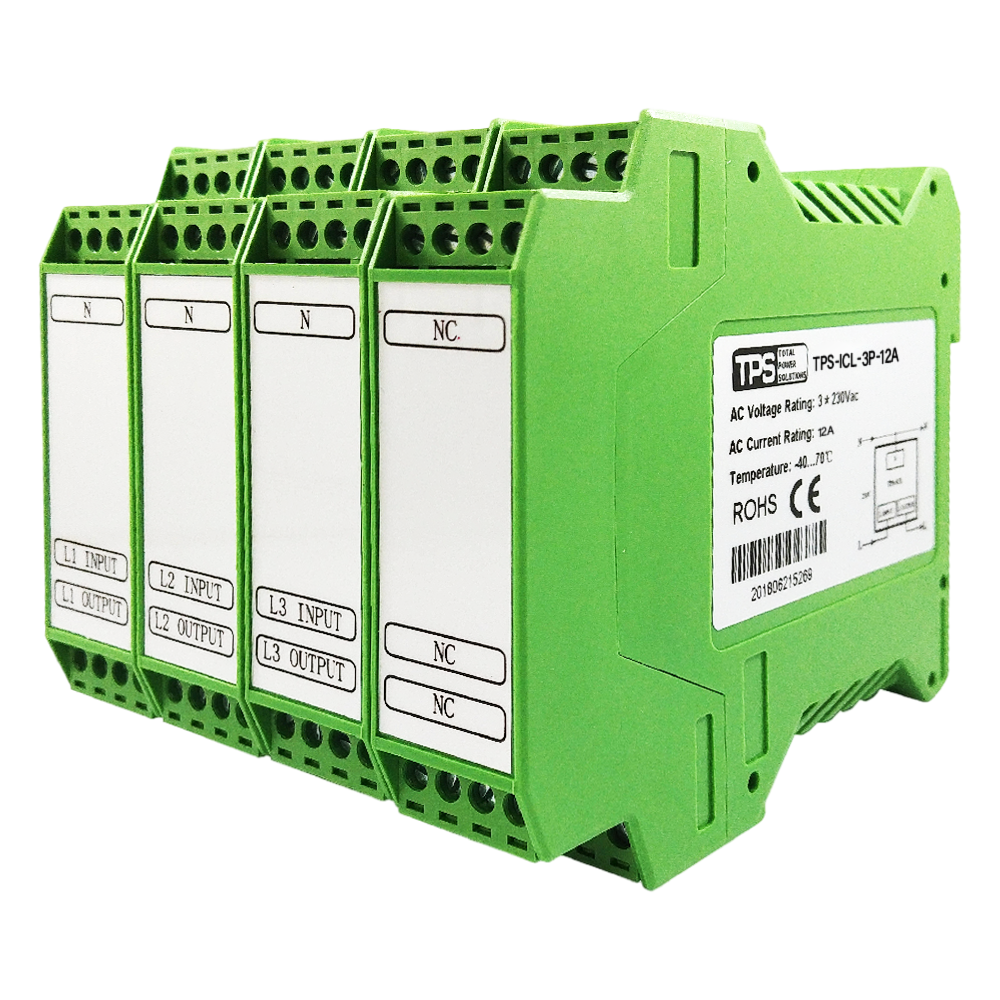
TPS-ICL-3P-12A
3-phase inrush current limiter, 12 A. Ideal for small 3-phase PV inverters and compact industrial control panels.
View product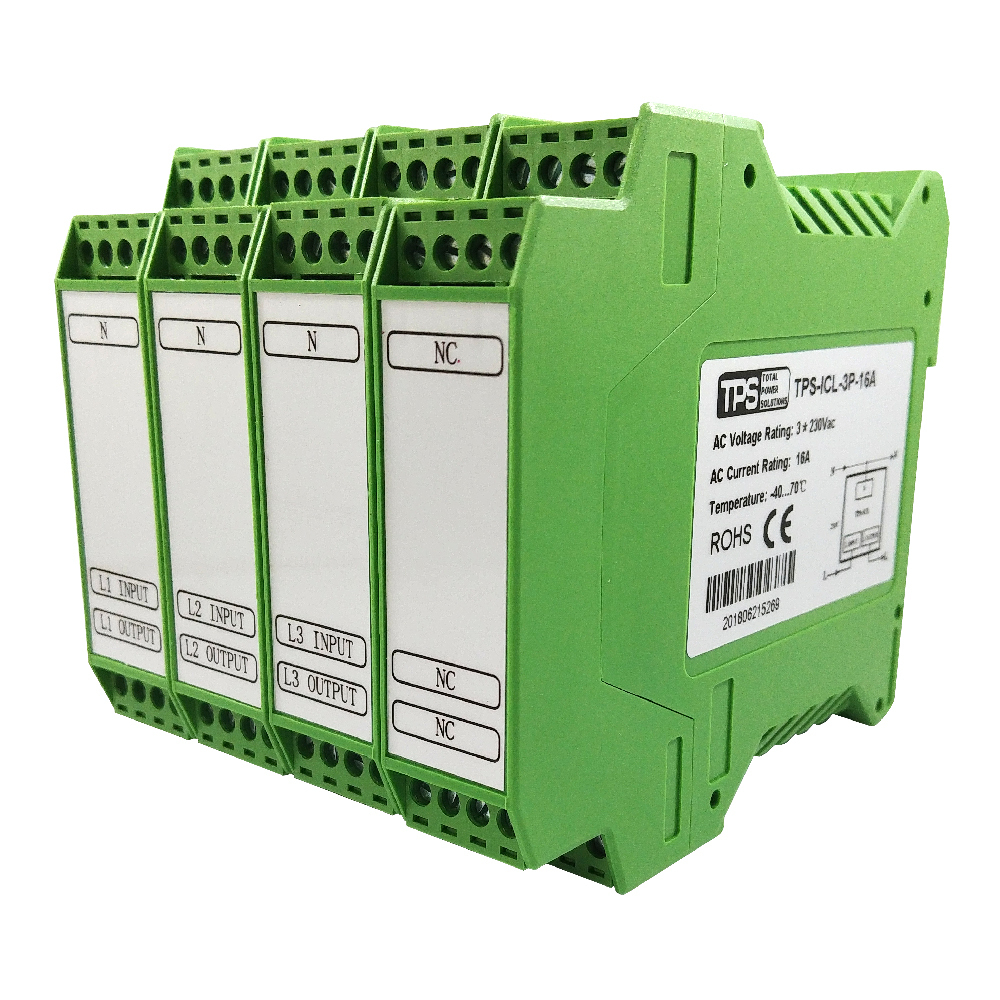
TPS-ICL-3P-16A
3-phase inrush current limiter, 16 A. Ideal for protecting motors, transformers, and other three-phase inductive/capacitive loads from damaging inrush currents.
View product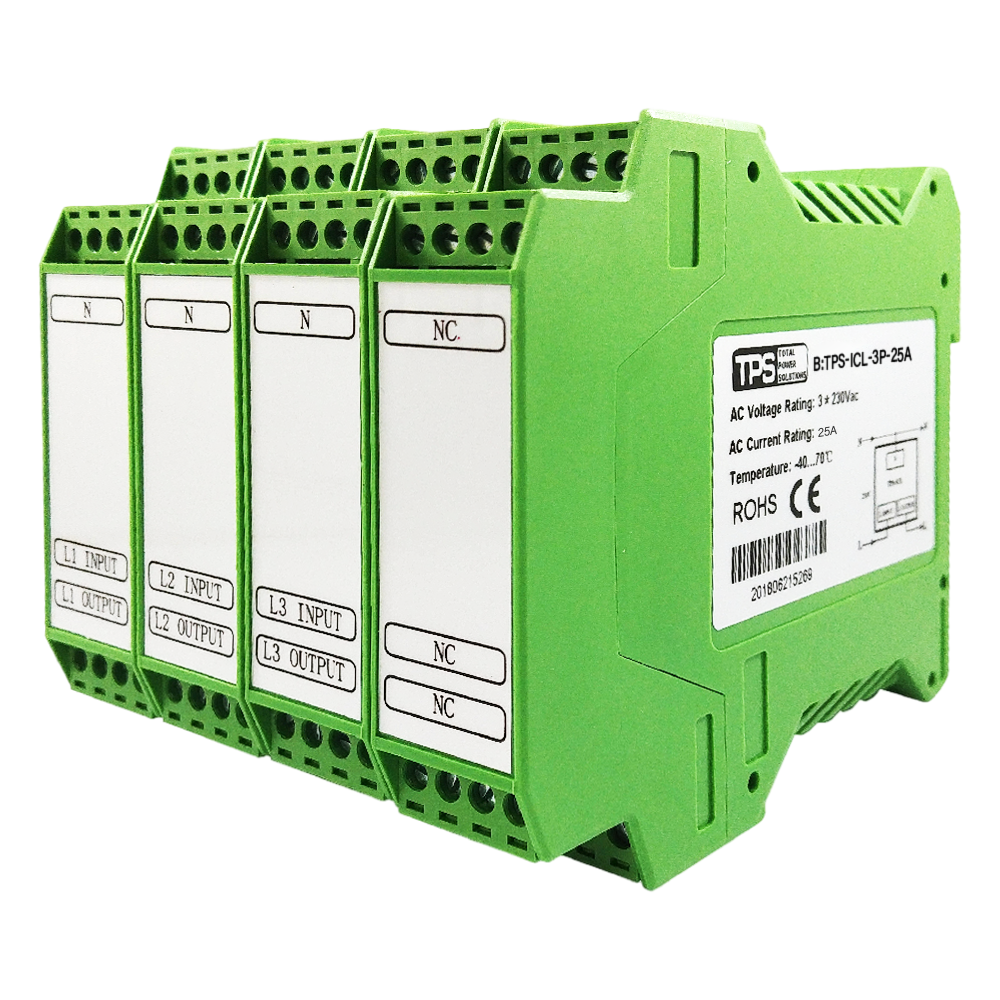
TPS-ICL-3P-25A
3-phase inrush current limiter, 25 A. Designed for 10–30 kW PV inverters and demanding industrial applications.
View productWhat is an Inrush Current Limiter (ICL)?
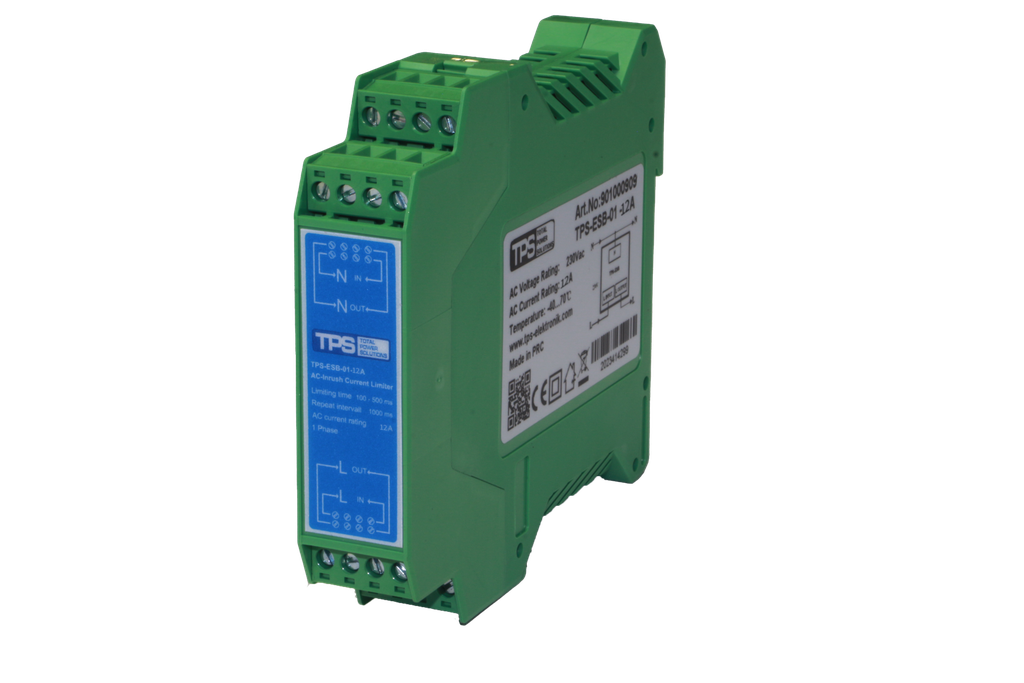
When an electronic device is powered on, the initial inrush current can be many times higher than its normal operating current. Left uncontrolled, these surges may shorten component life, increase maintenance needs, or in severe cases, cause safety risks.
An Inrush Current Limiter counters this by introducing higher resistance at startup, reducing the surge. Once the inrush subsides, the resistance drops, allowing normal current flow. This automatic adjustment helps protect electronic systems against harmful stress.
Benefits of Using Inrush Current Limiters
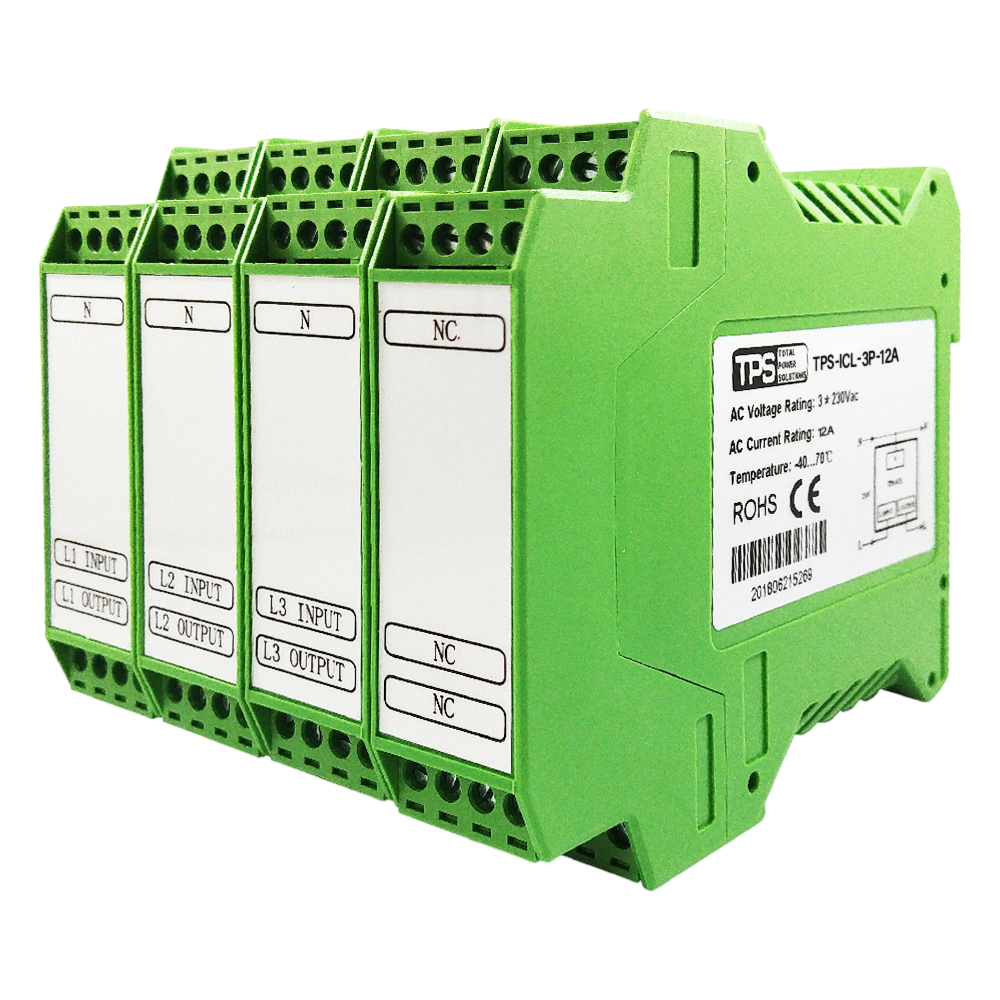
ICLs offer multiple advantages:
- Surge protection – prevent sudden current peaks that can damage sensitive parts.
- Longer lifespan – protecting components helps extend device service life.
- Stable operation – improved current flow stability supports smoother device performance.
- Cost efficiency – ICLs, especially NTC thermistors, are simple and economical compared to alternative solutions.
- Reliability in frequent switching – in industrial or commercial environments where devices are often switched on and off, ICLs reduce stress and enhance durability.
Types of Inrush Current Limiters
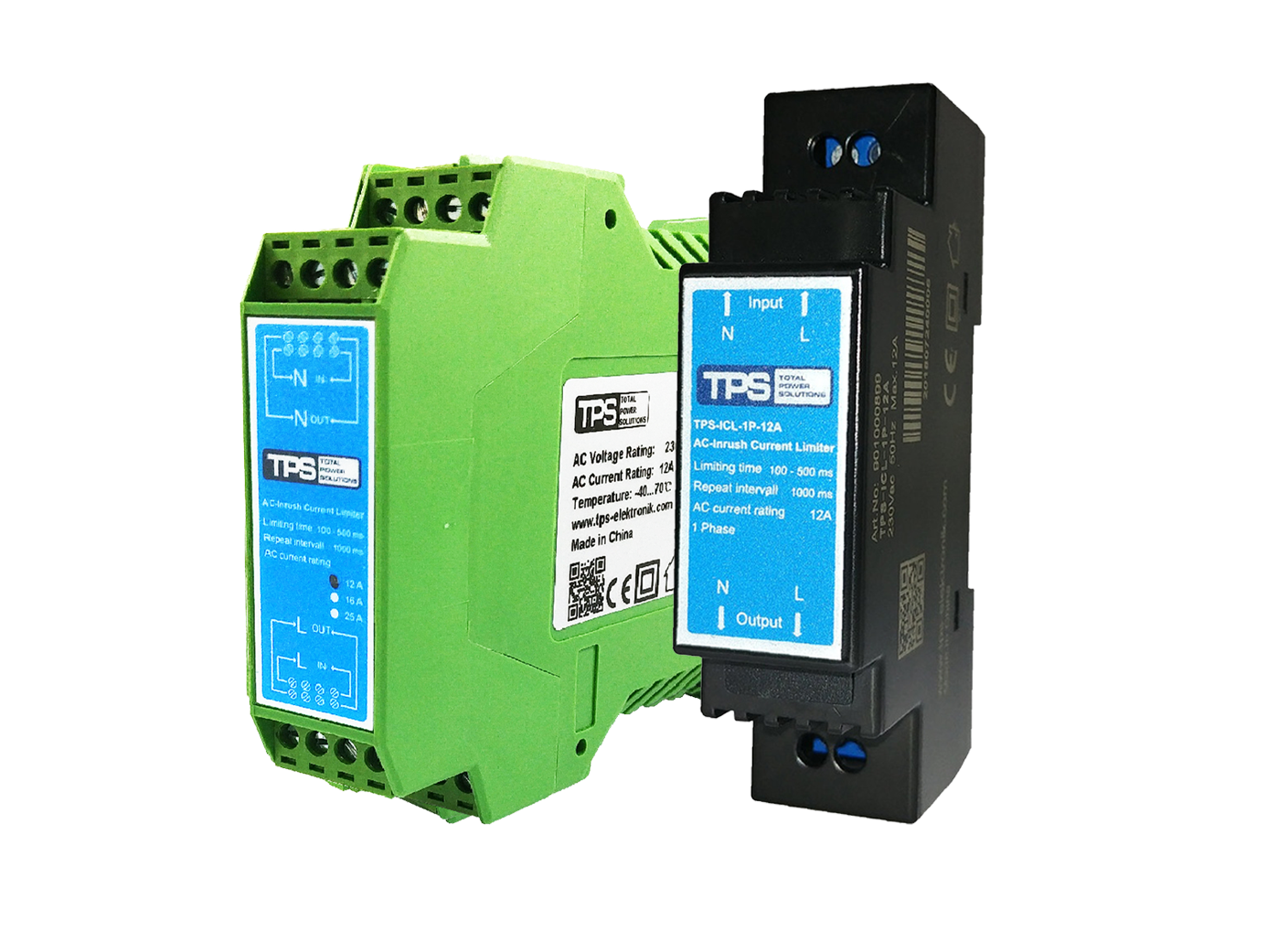
NTC Thermistor ICLs
- Provide high resistance at startup, which decreases as the device heats up.
- Common in power supplies, motors, and LED drivers.
- Advantages: self-regulation, cost-effectiveness, compact design.
- Limitations: performance depends on ambient temperature and cooling time after power-off.
PTC Thermistor ICLs
- Resistance increases as temperature rises.
- Provide overload protection and fast reset capability.
- Suitable for variable operating temperatures and frequent switching cycles.
Fixed Resistor ICLs
- Maintain constant resistance independent of temperature.
- Simple, stable, and predictable.
- Used where steady resistance is needed (e.g., resistive loads, capacitors, certain power supply designs).
Choosing the Right Inrush Current Limiter
When selecting an ICL, consider:
- Load type and current rating – the ICL should handle the maximum expected inrush current.
- Voltage and energy handling – match device specifications to circuit requirements.
- Environmental factors – ambient temperature, humidity, and cooling conditions.
- Application frequency – how often the device is switched on/off affects the ideal technology.
ICLs are available with steady-state current ratings from ~100 mA up to 80 A, and resistance values from a few milliohms to several dozen ohms. Always verify suitability with the manufacturer’s datasheet.
Common Applications of Inrush Current Limiters
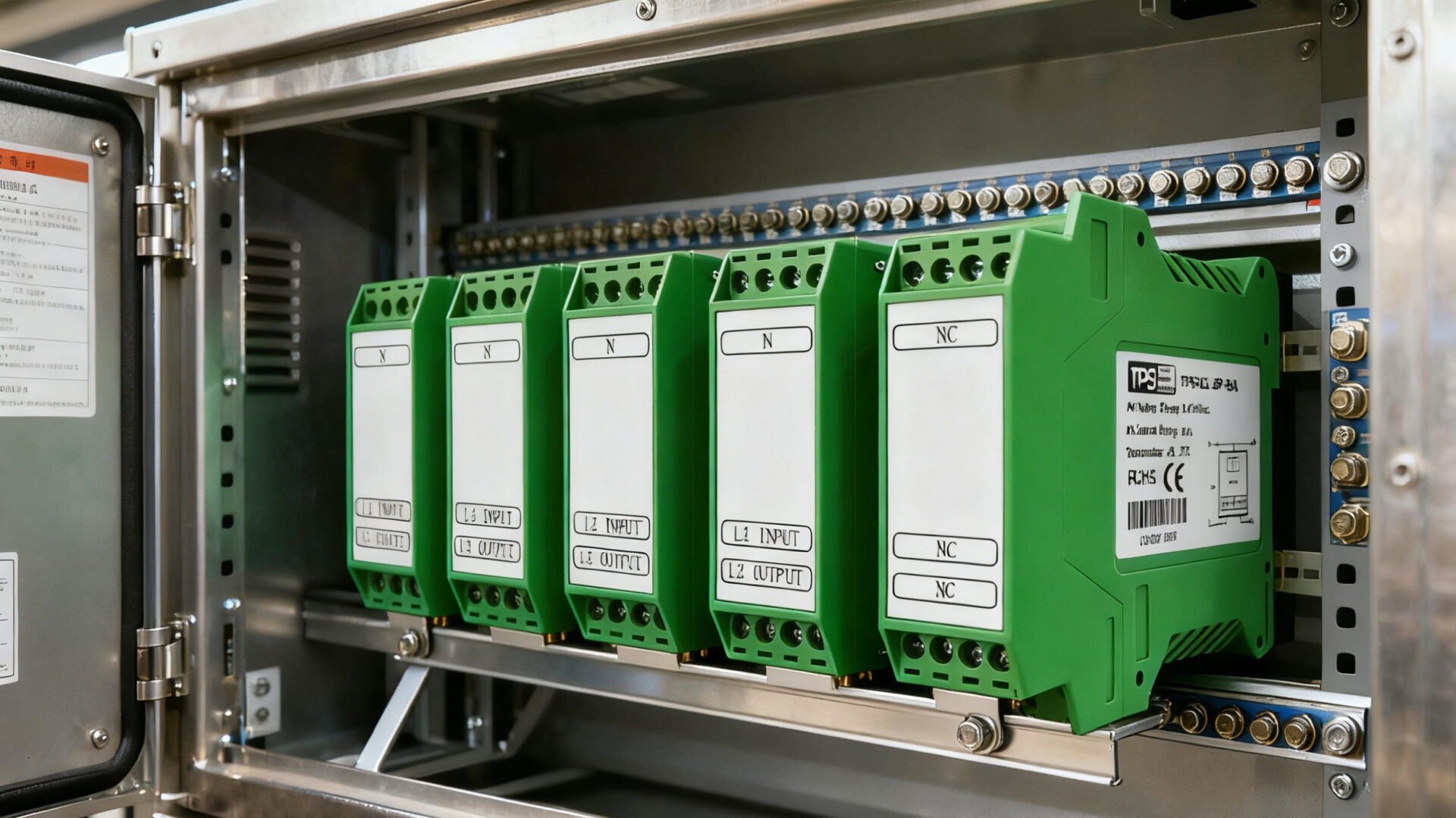
- Industrial machinery & power tools – protect motors from damaging surges.
- Alternative/renewable energy – manage startup currents in batteries and inverters.
- LED drivers – reduce high inrush currents, especially important in retrofits of older systems.
- Welding and plasma cutting – handle extreme surge currents.
- Consumer electronics & power supplies – ensure reliable startup without tripping protection devices.
Installation Tips
- Ensure proper thermal contact and ventilation for heat dissipation.
- Use correct wire gauge to match the ICL’s current rating.
- Keep installation areas free from dust and moisture.
- Follow manufacturer spacing guidelines between components.
- Inspect periodically for wear, discoloration, or cracks.
Maintenance & Troubleshooting
- Verify transformer design if inrush currents exceed expected levels.
- Select appropriate fuses or circuit breakers based on time-current curves (TCC).
- Consider active bypass circuits for better performance in demanding systems.
- Replace ICLs that show visible wear or repeated overheating.
Summary
Inrush Current Limiters are an important tool for safeguarding electronics against harmful surge currents at startup. By selecting and installing the right type of ICL, you can:
- Protect sensitive components.
- Improve long-term system reliability.
- Reduce costs linked to premature failures.
Whether in industrial machinery, LED systems, or renewable energy setups, Inrush Current Limiters provide a cost-effective way to ensure safe, stable, and efficient operation.
Frequently Asked Questions
What is an Inrush Current Limiter (ICL)?
An Inrush Current Limiter controls the high startup current of electronic devices by adding resistance during power-on, protecting components from stress.
What are the main benefits?
They prevent surges, protect sensitive parts, extend device lifespan, and improve efficiency.
What types exist?
NTC thermistors, PTC thermistors, and fixed resistors – each suited for different scenarios.
How do I choose the right one?
Match the ICL to your load type, inrush current, voltage, and environmental conditions.
Where are ICLs used?
Common in power tools, LED drivers, renewable energy systems, industrial machinery, and welding equipment.high surge currents, thereby protecting equipment and ensuring efficient operation. Their usage extends to welding and plasma cutting applications as well.

